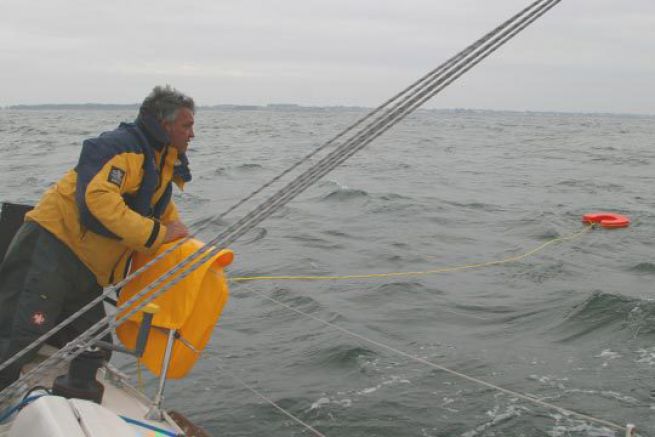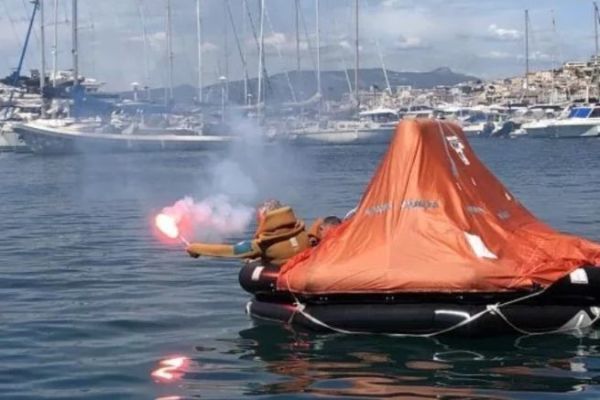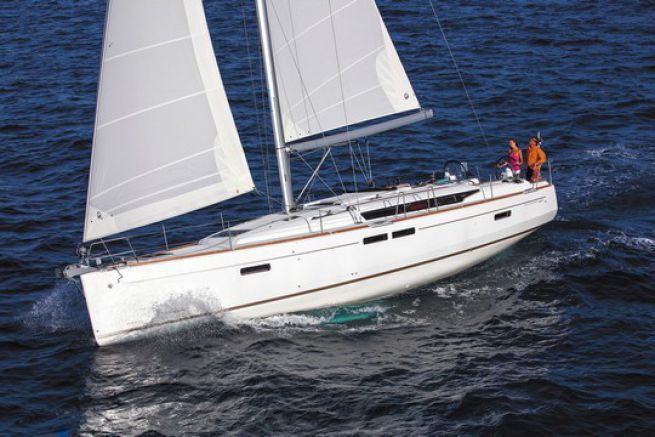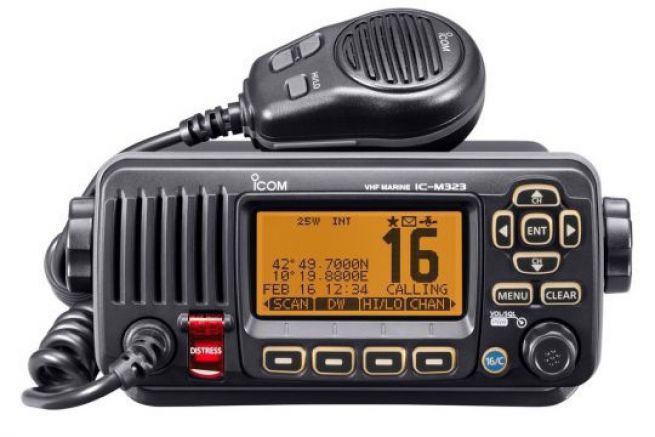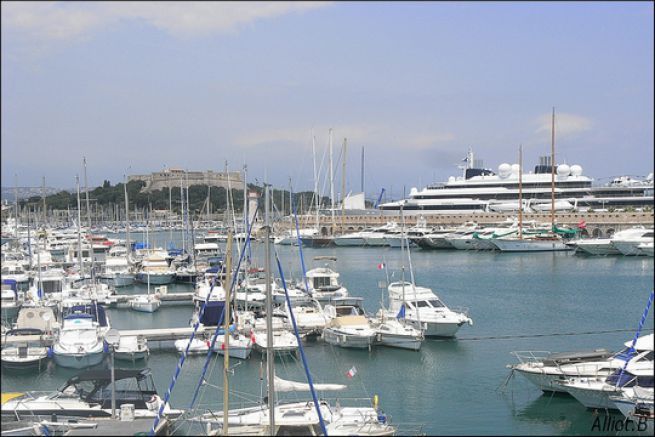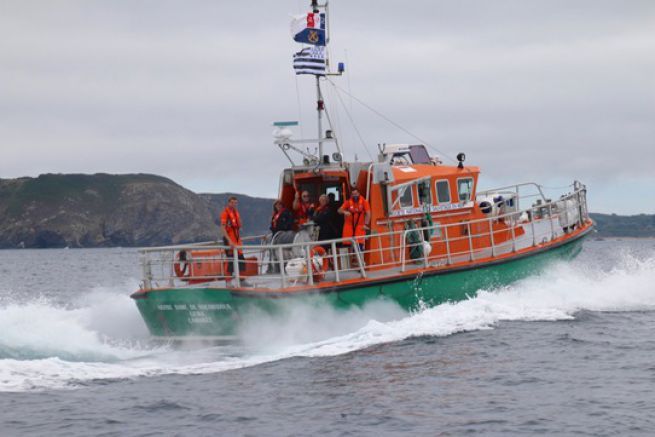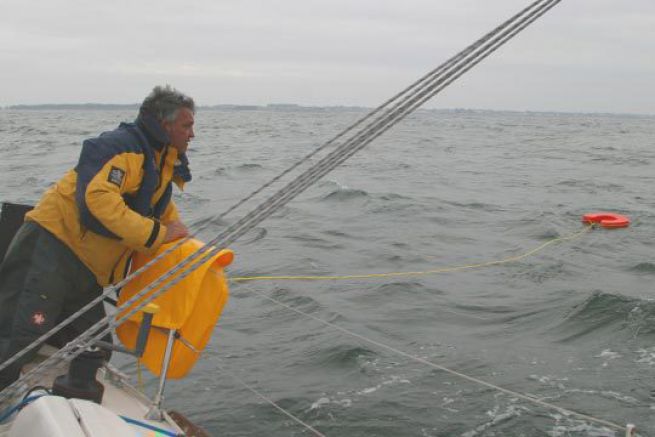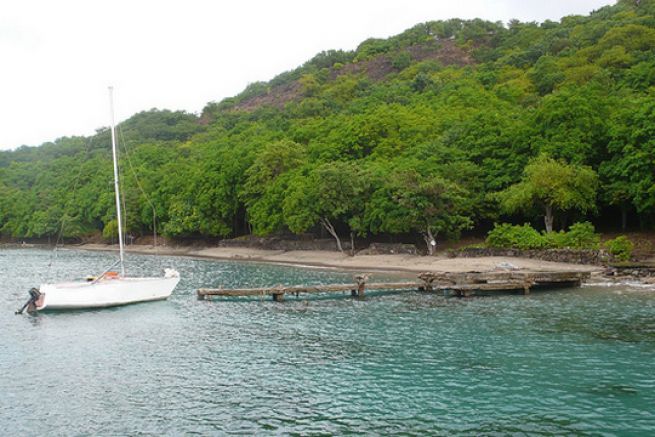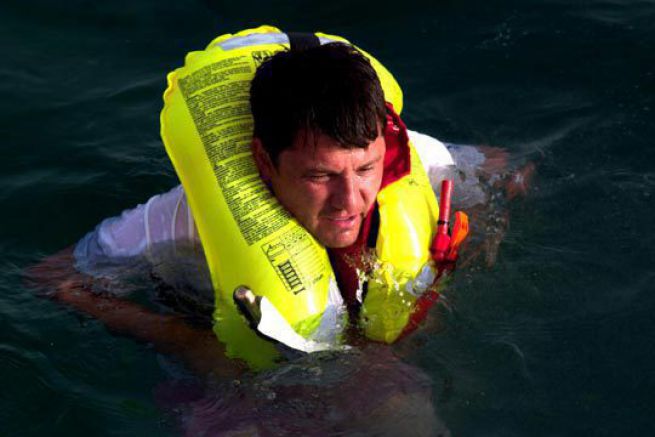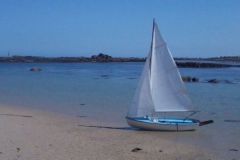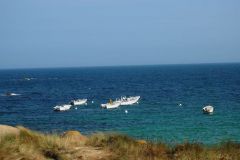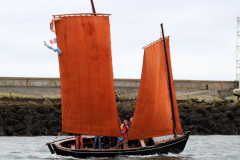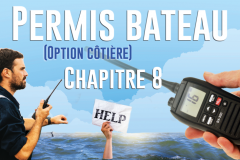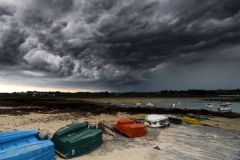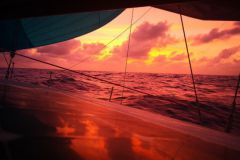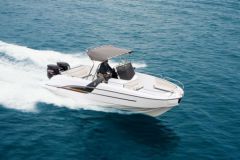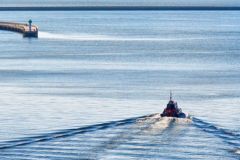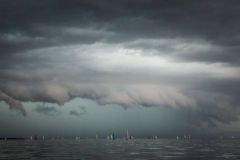Here are 10 key points of the new regulations, each with advice on how to choose the most appropriate equipment.
- Art. 240-2.05 paragraph 1 - For each person on board, an individual buoyancy device
For the standard, personal buoyancy equipment corresponds to a lifejacket. Since they have been approved, inflatable vests have been our preferred choice. We choose a comfortable model (it is good to be able to try it), adapted to its morphology. Vests that are too rigid interfere with movement. Beware of very small (very thin) vests when they are folded. The lung (the yellow chamber that swells) is highly compressed and lacks flexibility.
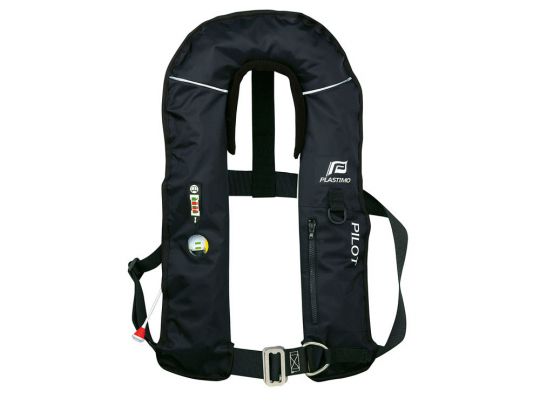
- Art. 240-2.05 paragraph 2 - A waterproof flashlight or an individual lighting device
Finding a man overboard at night remains the worst situation if he has no lighting. If the regulations leave the choice of having a lamp on board or a light device per vest, we would be tempted to advise you to have both! To light a vest, the simplest - and the least expensive - is to equip it with a Cyalume. This small glow stick offers a 12-hour autonomy and can be seen very well in the night even more than a mile away. Attach your Cyalume with a sling to the inside of the vest. It will be completely forgotten and will be a precious ally in case of a fall into the sea.
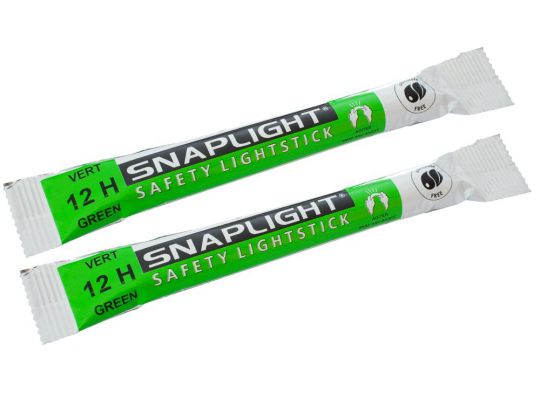
- Art. 240-2.06 paragraph 2 - A tracking and assistance device for a person who has fallen into the water
We are talking about the lifebuoy. Until then, the crown buoy remained the only approved one. Tests show that this was not the most suitable model, so we can now equip ourselves with Silzig buoys which offer the regulatory flotability of 145 N and which take the shipwrecked vessel as a harness to facilitate winching on board. A floating rope will be added to keep in contact with the buoy. Thus, by making a circle around the shipwrecked person with his boat dragging the buoy, the shipwrecked person is sure to catch the rope and the buoy at the end. And don't forget that having this type of buoy on board is good, training to use it is much better..
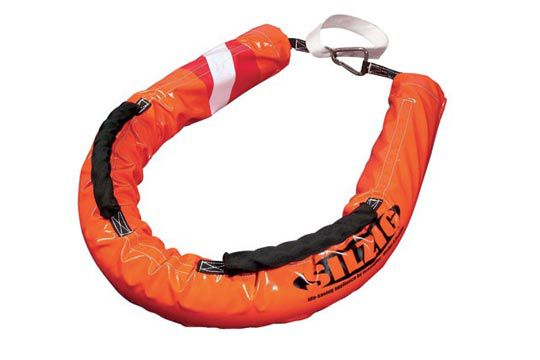
- Art. 240-2.06 paragraphs 6 and 7 - The International Regulations for Preventing Collisions at Sea (RIPAM) and a document describing the buoyage system in the area frequented
Here, the regulations are friendly since they allow this document to be available on "electronic media and its reading device". Thus, the books of SHOM 2A and 2B (RIPAM) as well as 3C on maritime signalling can be downloaded in PDF format free of charge on the SHOM website ( www.shom.fr ). All you have to do is present them for a check-up on your smartphone or, better still, on a tablet. For paper enthusiasts and also offering much more information, including port descriptions, there is always the Marine Block (Atlantic or Mediterranean) which includes all these mandatory documents. Be careful to have the latest annual version to be in good standing!
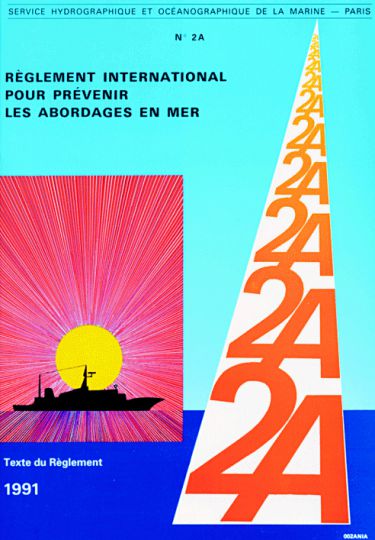
- Art. 240-2.07 paragraph 4 - The equipment used to take stock, draw and follow a road.
This raises the question of so-called "official" nautical charts. If electronic mapping is now allowed, are all the proposed commercial solutions valid? There is an official electronic mapping developed by SHOM called ENC. The main concern is that no chartplotter dedicated to boating can read them! Will a Navioncs, C-Map or Blue Chart map be valid for a control? There are currently several ringing bells on this subject... To avoid any confusion during an inspection, the easiest way is to present paper cards. The NV-Chart card folio offers the advantage of leaving you the paper cards, but also of offering you the electronic version with its software. Why deprive yourself?
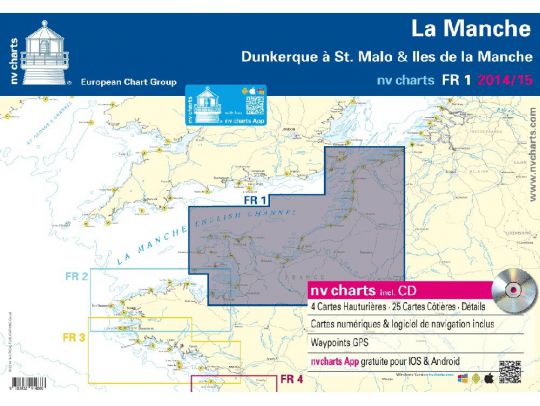
- Art. 240-2.06 paragraph 4 - A waterproof magnetic compass or a waterproof satellite positioning system acting as a compass.
For the Basic and Coastal categories, the magnetic compass can be replaced by a waterproof GPS with a compass function (all models offer it). But for the Semi-Oauturier and Offshore categories, the magnetic compass is mandatory. The Plastimo Iris 100 compass is a compass that both acts as a partition compass and can also be used as a bearing compass. Beautifully coloured, it will look great on the dashboard. Removable, it can be easily stored once it arrives at the port.
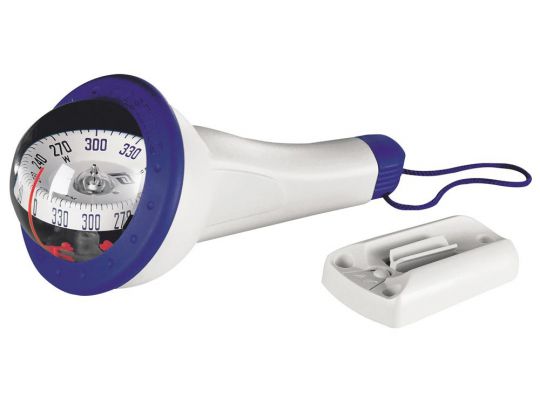
- Art. 240-2.07 paragraphs 8 and 9 - A harness and its protection and a lifeline system or attachment point.
While only one harness is required on a motor boat, one per person on board on a sailboat is required. We saw in point 1 that you need one lifejacket per person, why not equip yourself with a lifejacket that includes a harness? The lanyard with its safety snap hooks should be chosen with care. The 3-point lanyards offer more safety with an elastic strand for movement and a short strand for static situations. Also remember to equip yourself with lifelines - one on each side - to make it easier to move around on deck.
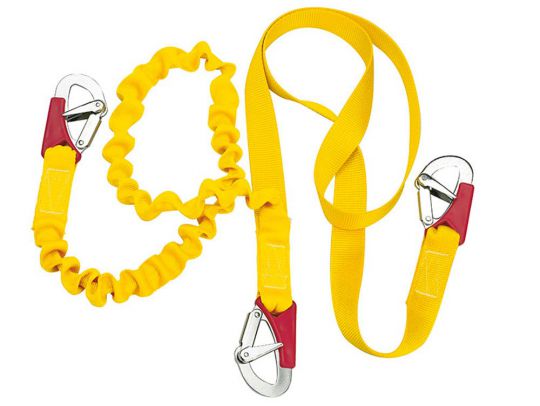
It will only be from the 1st er january 2017 that this fixed marine VHF will be required. Legislation does not require a VHF DSC (Automatic and Digital Distress Triggering System). All fixed VHF, even the oldest models are therefore valid. It is therefore not necessary for boats already equipped to renew their equipment. For a new installation or to replace an old substation, we recommend that you choose a VHF with GPS. Installation is greatly facilitated and avoids communication problems between devices.
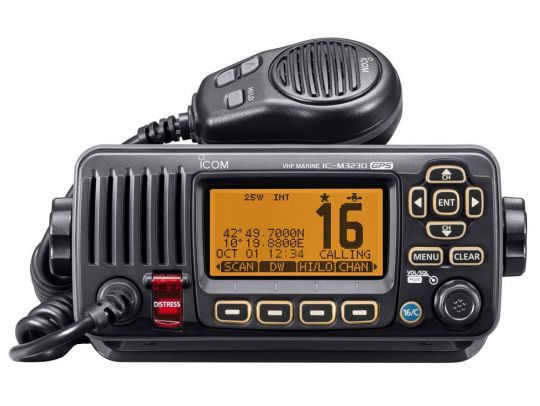
- Art. 240-2.08 paragraph 3 - A portable and waterproof VHF transceiver
This is the big new feature in the latest version of the regulation. Since then, on 1 er as of May 1, 2015, vessels operating in the offshore category (more than 60 miles from a shelter) must carry a watertight portable marine VHF. This small device should be used as a last resort - especially if you have to leave the boat - to guide the rescue team. If you have to choose a waterproof model (many on the market), you might as well choose it floating. It makes a portable marine VHF a little larger - the volume of air is used to float - but it reassures if you drop it over the water (or at worst if you are in the water floating with your lifejacket). The price difference between a waterproof and floating marine VHF is not huge.
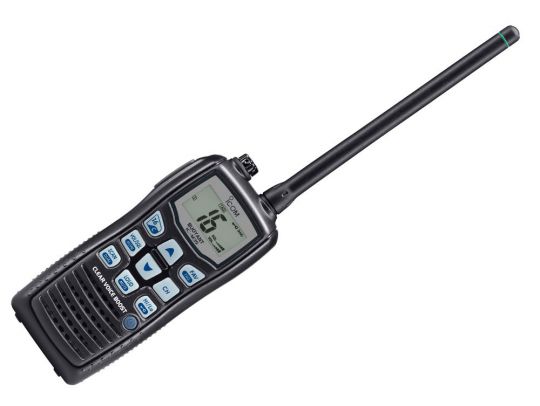
- Art. 240-2.08 paragraph 2 - An emergency position indicating radio beacon (EPIRB)
Also for the offshore category (more than 60 miles from a shelter), vessels must be equipped with an EPIRB (or EPIRB in French) distress beacon. It is a beacon that sends a distress message by satellite. It is therefore operational all over the world. The identification of the ship to which it belongs is coded in the beacon. Beacons with integrated GPS send their position in addition to the distress message. This speeds up the search. Certainly, these models are more expensive than beacons without GPS, but if you have to invest in safety, you might as well buy the best.
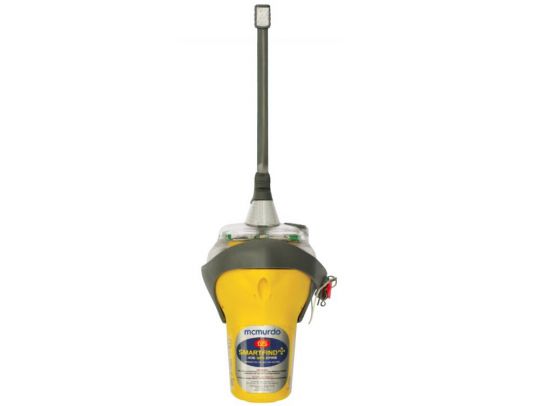

 /
/ 